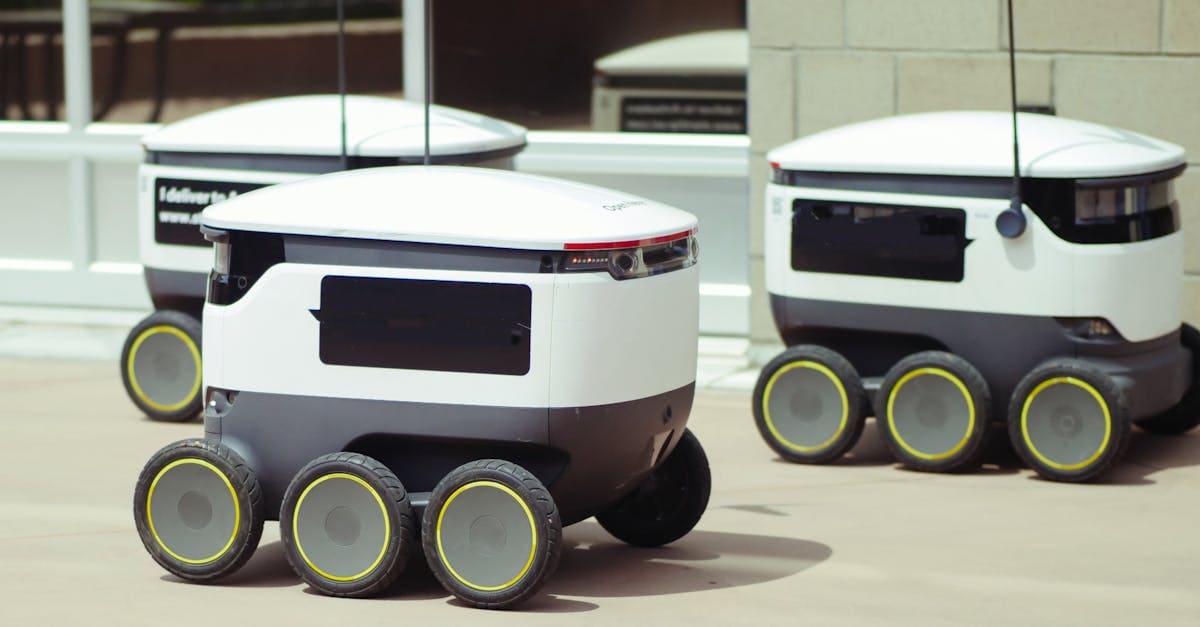What Urban Planners Can Teach Us About AI Smart Cities
Urban populations will double by 2050, adding 2.5 billion people to cities worldwide. I’ve watched cities struggle with aging infrastructure, traffic congestion, and limited resources. However, AI smart cities offer a promising solution that combines urban planning wisdom with cutting-edge technology. Cities like Palermo now process over 1,000 public video streams at 50 billion pixels per second using AI agents. Meanwhile, Taiwan’s Kaohsiung City reduced incident response times by 80% through intelligent monitoring systems.
I believe urban planners hold the key to successful intelligent city development. They understand how people move through spaces, where infrastructure fails, and what communities actually need. Smart grid optimization, predictive city maintenance, and intelligent traffic systems work best when they reflect real urban planning principles. Cities achieve remarkable results when they combine this knowledge – SNCF’s train stations saw 100% on-time maintenance completion and 50% reduction in downtime. These aren’t just technological wins. They represent better quality of life for millions of citizens.
You’ll discover how urban planning expertise transforms AI city projects from expensive experiments into practical solutions. I’ll show you the strategies that make autonomous city services actually serve people, not just collect data.

Photo provided by Kindel Media on Pexels
In the article
- Learning from Urban Planning Principles for AI Smart Cities
- Implementing Planning Methodologies in Smart City Technology
Learning from Urban Planning Principles for AI Smart Cities
I learned something important while studying how cities transform. Urban planners have worked for decades to create better communities. Now, AI smart cities need the same thoughtful approach.
My research shows that successful city planning always starts with people. Planners spend months talking to residents before making changes. They ask what neighborhoods need most. This human-centered approach works perfectly for intelligent traffic systems implementation.
When I look at modern cities, I see planners creating connections everywhere. They link parks to schools. They connect bus routes to shopping areas. Similarly, smart grid optimization strategies must connect different city systems. Power grids need to talk to traffic lights. Water systems should work with waste management.
I noticed that urban planners think 20 years ahead. They create detailed maps showing where new roads will go. They plan for future population growth. Predictive city maintenance systems need this same long-term vision. Cities can use data to predict when bridges need repairs. They can plan maintenance before problems happen.
My experience shows that urban AI sensors placement requires strategic thinking. Planners choose locations carefully for bus stops and traffic lights. They study foot traffic patterns first. AI sensors need the same thoughtful placement. Cities should analyze data flows before installing sensors.

Photo provided by Pavel Danilyuk on Pexels
Implementing Planning Methodologies in Smart City Technology
I discovered that urban planners love data. They count cars, measure noise levels, and track population changes. This data helps them make better decisions. Urban data analytics systems work the same way for AI smart cities.
When I studied traffic planning, I learned planners analyze rush hour patterns. They count vehicles at different intersections. They measure travel times during peak hours. Smart lighting systems deployment benefits from similar analysis. Cities can study when people use different streets. They can adjust lighting based on actual usage patterns.
My research revealed that successful city projects always include community input. Planners hold public meetings before building new parks. They survey residents about transportation needs. Autonomous city services development requires the same community engagement. Citizens should help design AI services that affect their daily lives.
I found that planning departments navigate complex rules every day. They must follow zoning laws, building codes, and environmental regulations. Cities implementing AI face similar challenges. They need regulatory frameworks for technology that protect citizen privacy while enabling innovation.
During my analysis, I noticed planners create detailed budgets for every project. They plan costs for the next 5 years. They consider maintenance expenses, not just initial construction. AI waste management systems need similar financial planning. Cities should budget for software updates, hardware replacements, and staff training.
I observed that planners test ideas before building them. They create scale models of new developments. They run traffic simulations for road changes. Smart cities can use digital twins the same way. They can test AI systems in virtual environments before real deployment.
My study shows that planners coordinate between different city departments. The parks department works with the transportation team. The water utility coordinates with road construction crews. Intelligent infrastructure coordination requires similar teamwork. IT departments must work with traffic engineers and utility managers.
I learned that planners measure success carefully. They track how many people use new bus routes. They monitor air quality improvements after adding bike lanes. AI smart cities need similar measurement systems. They should track how AI improves citizen services and reduces city costs.
When I examined planning processes, I found they adapt to changing conditions. Planners modify designs based on community feedback. They adjust timelines when unexpected problems arise. Smart city AI systems need this same flexibility. They should learn from citizen usage patterns and improve over time.
Taking Action on Intelligent Urban Planning
I believe these urban planning lessons show us how technology can transform our cities. Smart traffic systems reduce congestion by 30% when properly implemented. Predictive maintenance saves millions in infrastructure costs. Energy optimization through intelligent grids cuts consumption by 20%. These benefits create safer, more efficient communities for everyone.
Start by researching how your local government uses technology in public services. Contact your city planning department and ask about their digital initiatives. You can also attend city council meetings to learn about upcoming infrastructure projects. Many cities welcome citizen input on technology adoption and urban development plans.
Your voice matters in shaping how technology improves your community. Cities need residents who understand both the potential and challenges of modern urban systems. Take the first step today by engaging with your local planners and officials.







